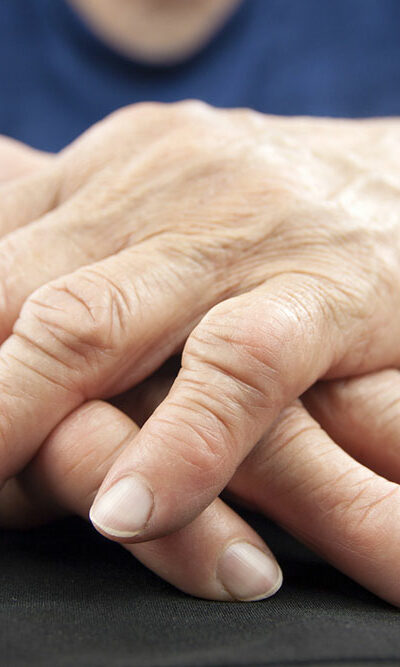
Easy Steps for Cholesterol Level Diagnosis
A type of fat, cholesterol is lipid is essential for the body to function properly. However, too much cholesterol is bad for the health and can have an impact on the most vital organ of human body, the heart. Bad cholesterol often causes heart stroke and other heart-related diseases. Medical terms used by doctors to signify bad cholesterol include lipid disorder, hypercholesterolemia or hyperlipidemia. Cholesterol level diagnosis is made with a simple blood test called lipoprotein profile or fasting lipid. Following are the four numbers that are taken into consideration while performing cholesterol level diagnosis. These are: Total Blood or Serum Cholesterol This takes into account the total sum of High-Density Lipoprotein and High-Density Lipoprotein cholesterol scores.It is also a good indicator of whether the patient has a risk for heart disease. Optimal – Less than 200 mg/dL Borderline high – 200-239 mg/dL High – 240 mg/dL or higher High-Density Lipoprotein (HDL) Known as good cholesterol, High-Density Lipoprotein (HDL) helps in keeping the arteries clear of blockage caused by low-density lipoprotein cholesterol. It is also known to protect people against heart disease. For this reason, higher HDL score is always good. But, if HDL falls below the marked range, it is considered that the patient is prone to suffer heart diseases. Low – Should be less than 40 mg/dL(men) and 50 mg/dL (women) Normal – 45 mg/dL + for men and 55 mg/dL + for women Optimal – 60 mg/dL and above lower danger of heart disease Low-Density Lipoprotein (LDL) High level of bad low-density lipoprotein cholesterol leads to blockage in arteries and increases chances of heart diseases. Thus, low level of bad LDL is always good to protect health. Optimal – Less than 100 mg/dL Normal/Near Optimal – 100-129 mg/dL Borderline High – 130-159 mg/dL High – 160-189 mg/dL Very High – 190 mg/dL and above People suffering from metabolic syndrome or heart diseases should ensure that their LDL is lower than the optimal number recommended.










